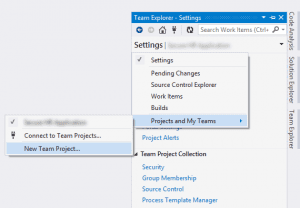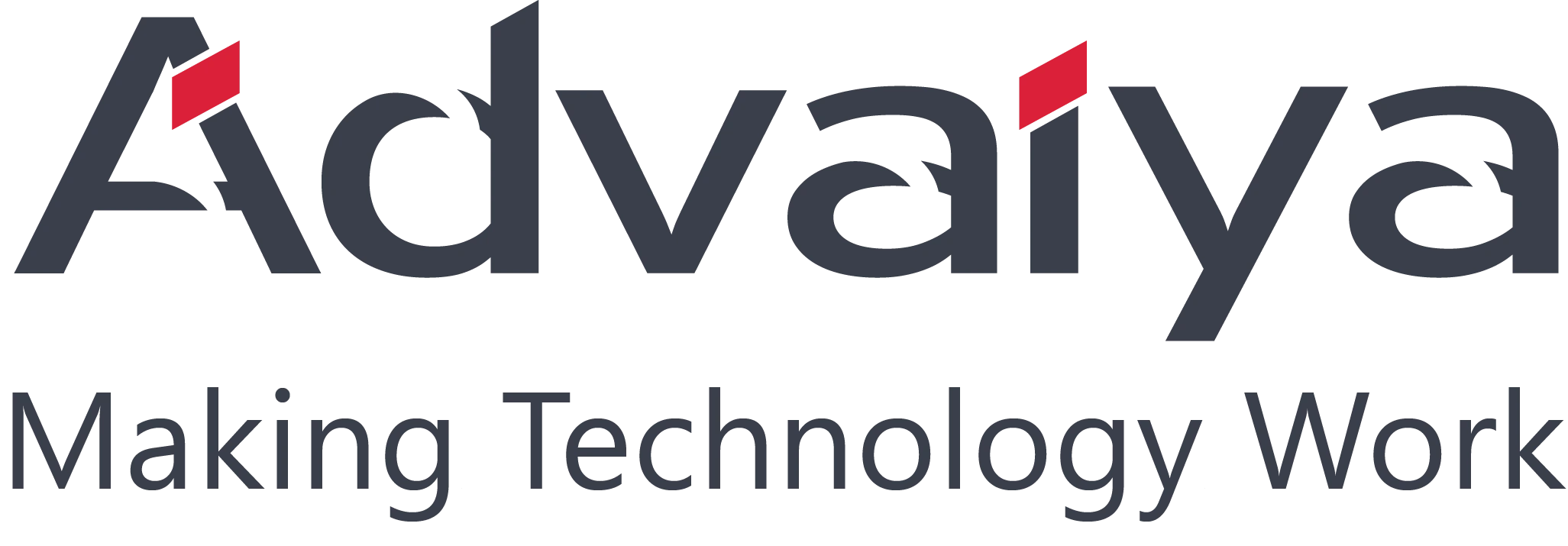This blog is the second in the series “Visual Studio Online features (VSO)”. In the first part of the blog series we had talked about Microsoft’s strategy of TFS as an online feature with VSO, introduced VSO, its three variants, and the key compelling features that VSO offers. Read first part – Application Lifecycle Management with Visual Studio Online – Part I.
In this second part we will talk about Scrum process template based upon Scrum methodology, and explore how we can create a new team project using the Scrum Template and how to use it for day-to-day operations.

Source: Wikipedia.org
Over the past few years, Scrum methodology has become an extremely popular iterative development process and it has gained quite an acceptance in the software industry. So in July 2010, Microsoft introduced a beta of the Scrum template for team projects.
Today, the Scrum template in its third iteration, is being offered as part of out-of-the-box ALM offerings of Visual Studio and TFS 2013. Team migrating from Agile to Scrum methodology feels a bit of a learning curve because of different terminology used by Scrum process. For example: In Scrum, sprints are called “iterations”, “user stories” are called “product backlog items”, etc. However, the Scrum process offers more flexibility and adaptability to the modern software development and allows teams to be more productive while keeping the process constraints at a minimum.
Using the Scrum process template
To use the Scrum template in your team project, you can:
- Create a new Team Project using the Scrum Template
- Migrate a Team Project to the Scrum template using the Process Template Manager
In Visual Studio, open the Team Explorer and click on “New Team Project…”

Figure 1: Team Explorer panel within Visual Studio 2013
You will be redirected to the project portal page with a popup dialog as below:

Figure 2: New Team Project dialog for Visual Studio Online. The TFS on premise version may differ slightly.
Make sure “Microsoft Visual Studio Scrum 2013.3” template is selected in the Process template dropdown. Create your team project by filling in the necessary details.
Following artifacts are created when you create a team project using the Visual Studio Scrum process template:

Figure 3: Artifacts of Scrum process template
To be able to plan and track work using the work items, following hierarchy is supported by the Scrum template

Figure 4: Relationship hierarchy of work items in Scrum process template
To monitor project progress, following reports are published by the Scrum template:
Project Management Reports
Build Reports
Test and Bug Reports
To be able to access these reports, your TFS installation must be configured with SQL Server Analysis Services (SSAS) and SQL Server Reporting Services (SSRS). If you are using Visual Studio Online, these services are pre-configured with your account. Scrum template also provides a “Release Dashboard” to help you view all critical project parameters “at-a-glance” on a single page to assess project health.
Hope this article serves as a good starting point to enable you to explore the Scrum template and use it effectively in your next project.
If you have already used the Scrum template in your project, I would like to know your opinions. Did using the Visual Studio Scrum template helped manage your project in a better way? Do you feel more features are required for the Scrum template to be effective? Let’s hear your responses in the comments.




